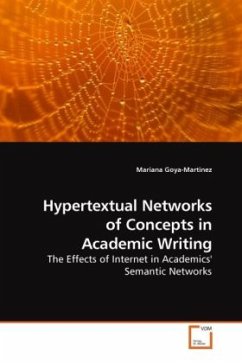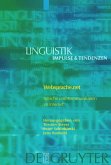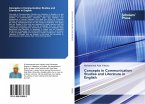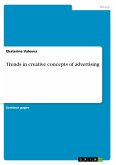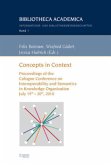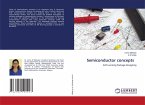Writing and printing revolutionized the storage and preservation of knowledge. New writing technologies, such as the personal computer and hypertext, have not only different materiality but also non-linear characteristics that provide new ways of presenting, organizing, and manipulating texts, transforming the acts of reading and composing. Just as writing and printing facilitated the preservation and sharing of knowledge, the personal computer and the hypertext have the potential to foster associative networks of concepts in text and, arguably, in the writers' thinking. In this book, the author explores all the differences between traditional and electronic texts, and shows, by using network analysis techniques, changes in the structure of semantic networks of academic papers from 1976 to 2006. This study sheds light on how humans respond to new media technologies and should be of special interest to new media and communication scholars, or anyone else with interest in knowing how new technologies are shaping our culture and our world.

